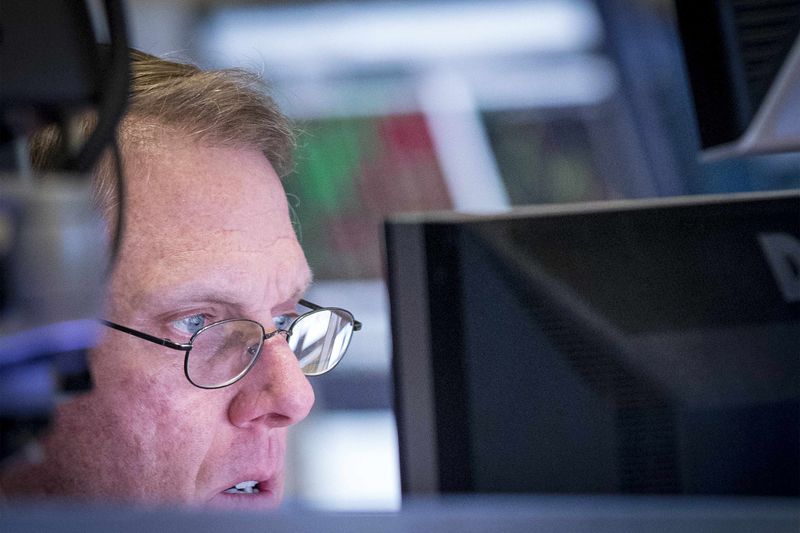Quiver Quantitative - The liquefied natural gas (LNG) industry is witnessing its largest-ever wave of megaprojects, signaling a robust future for natural gas in the global energy mix. Despite international efforts to move away from fossil fuels, exemplified by the recent UN climate talks in Dubai, the energy sector is betting heavily on natural gas. This commitment is evident in the expansion of the world’s largest natural-gas export facility in Qatar and the initiation of massive LNG projects in the United States. These developments are underpinned by the belief that natural gas, as the third leading fossil fuel, will remain a significant part of the world’s energy portfolio through at least 2050.
The United States is at the forefront of this expansion, with five major sites on the Gulf Coast bustling with construction activities. These projects aim to increase the U.S.'s LNG export capacity significantly, with two set to commence operations this year. The collective impact of these projects is monumental: over 200 million tons of new natural gas export capacity will come online in the next five years, according to BloombergNEF. If other early-stage projects proceed, this figure could exceed 300 million tons by 2030, representing a 70% increase from current levels. This surge in LNG capacity will solidify natural gas's relevance and its associated emissions for decades.
Market Overview: -A colossal wave of liquefied natural gas (LNG) megaprojects surges forward, betting on gas's place in the clean energy transition despite mounting climate concerns. -Tens of billions pour into Qatar and the US, aiming to solidify their LNG dominance while Europe scrambles for post-Russia gas security. -Environmentalists sound the alarm, questioning the sustainability of this "third big wave" and its long-term impact on emissions.
Key Points: -With oil demand peaking and coal waning, a global bet positions gas as a crucial "bridge fuel" in the path to renewables. -Over 200 million tons of new LNG capacity will be online by 2028, potentially doubling current supply and locking in emissions for decades. -Qatar and the US lead the charge, with Qatar's $45 billion expansion dwarfing any previous LNG project. -Critics like Bill McKibben urge a halt to new US projects, citing methane leaks and incompatibility with climate goals.
Looking Ahead: -Geopolitical tensions, particularly in Europe, continue to drive LNG demand, pushing prices up and solidifying gas's role in the near future. -China's thirst for gas remains insatiable, underpinning long-term contracts and further solidifying the LNG market. -The balancing act between meeting increasing demand and avoiding an oversupply becomes crucial for the industry's long-term viability. -Technological advancements in carbon capture and methane mitigation play a critical role in determining gas's compatibility with climate goals.
The industry's rapid expansion follows a historical trajectory. Initially, the only method to transport large quantities of gas was through pipelines. However, the development of LNG, which involves cooling natural gas to a liquid state, revolutionized the industry. This transformation allowed for more efficient transportation, significantly increasing natural gas's global market presence. The sector's growth accelerated with the U.S. fracking boom, China's economic expansion, and the decline of Japan’s nuclear industry post-Fukushima. The sector’s expansion reached new heights following Russia's invasion of Ukraine in 2022, which disrupted European gas supplies and heightened the region's dependency on LNG.
The investments in new LNG supply, totaling approximately $290 billion globally since 2019, reflect a strong commitment to natural gas despite its environmental impacts. While natural gas is often touted as a "bridge fuel" due to its lower emissions compared to coal and oil, new studies and satellite observations have raised concerns about its climate impact, particularly methane emissions. Nonetheless, the demand for LNG remains strong, with significant purchases locked in for the long term by countries like China and members of the European Union, even as they pursue renewable energy sources. The massive investments and long-term contracts indicate that, despite environmental concerns, natural gas will continue to play a crucial role in the global energy landscape for the foreseeable future.
This article was originally published on Quiver Quantitative
